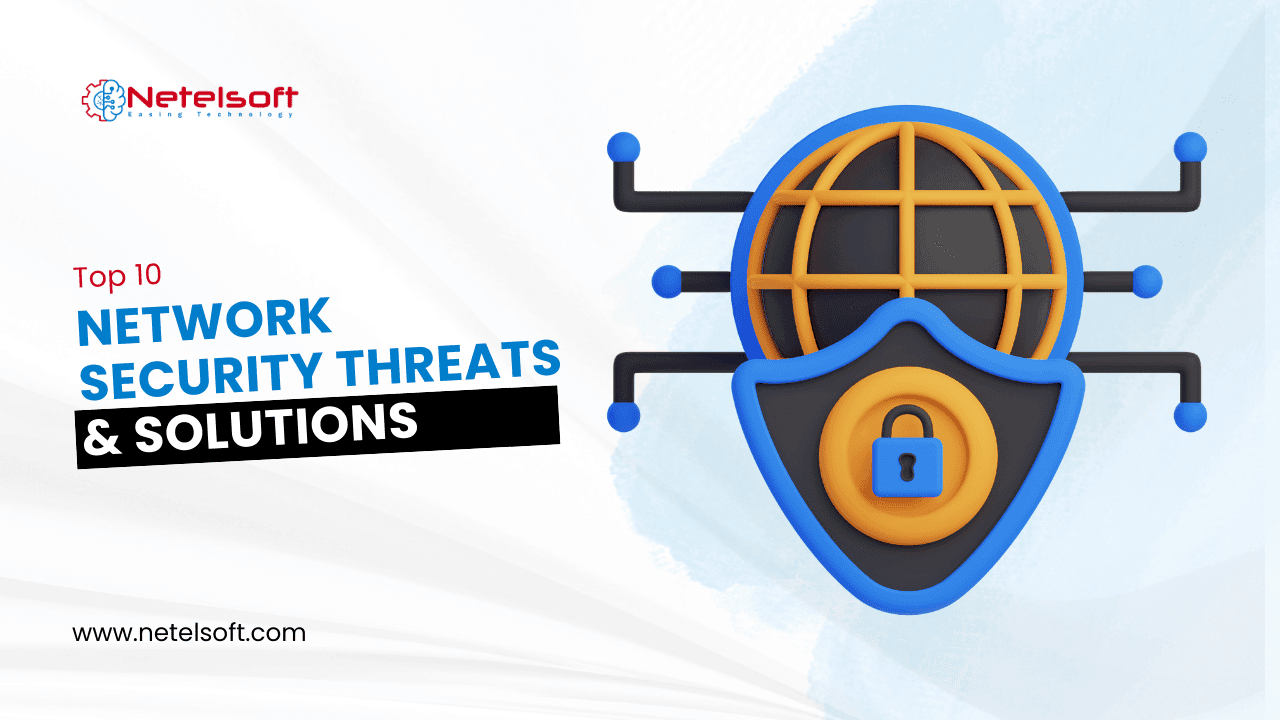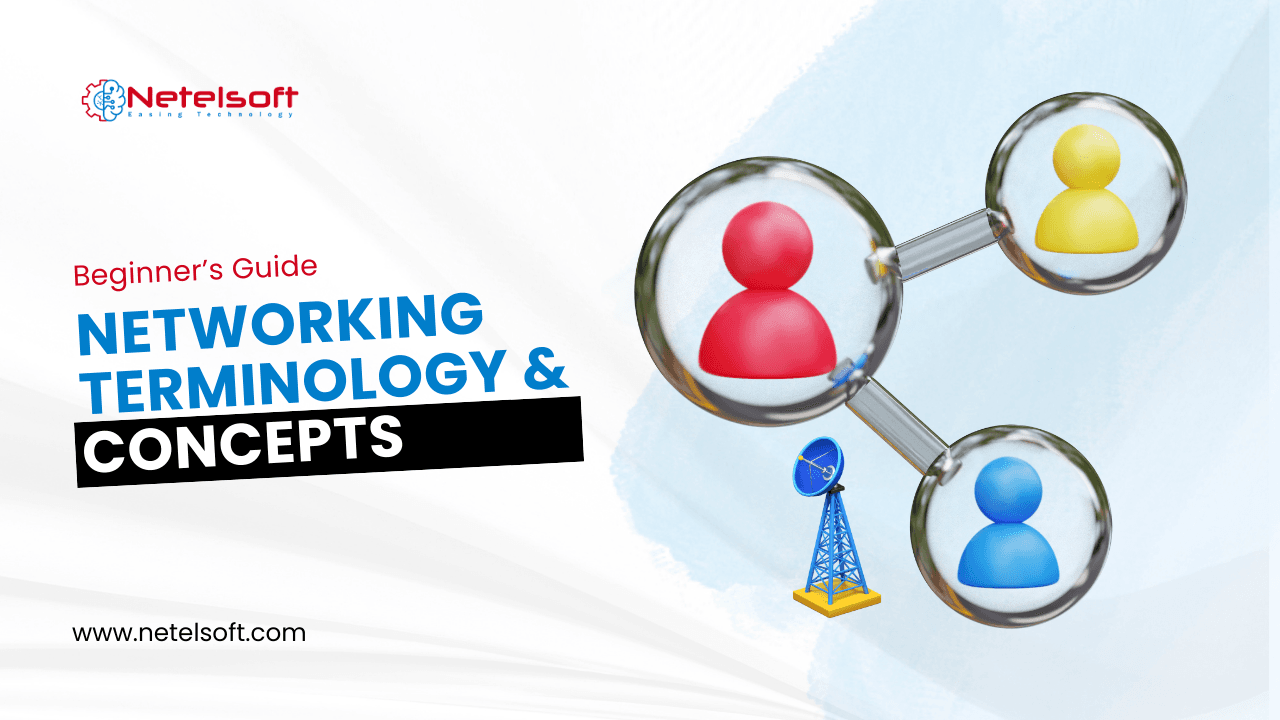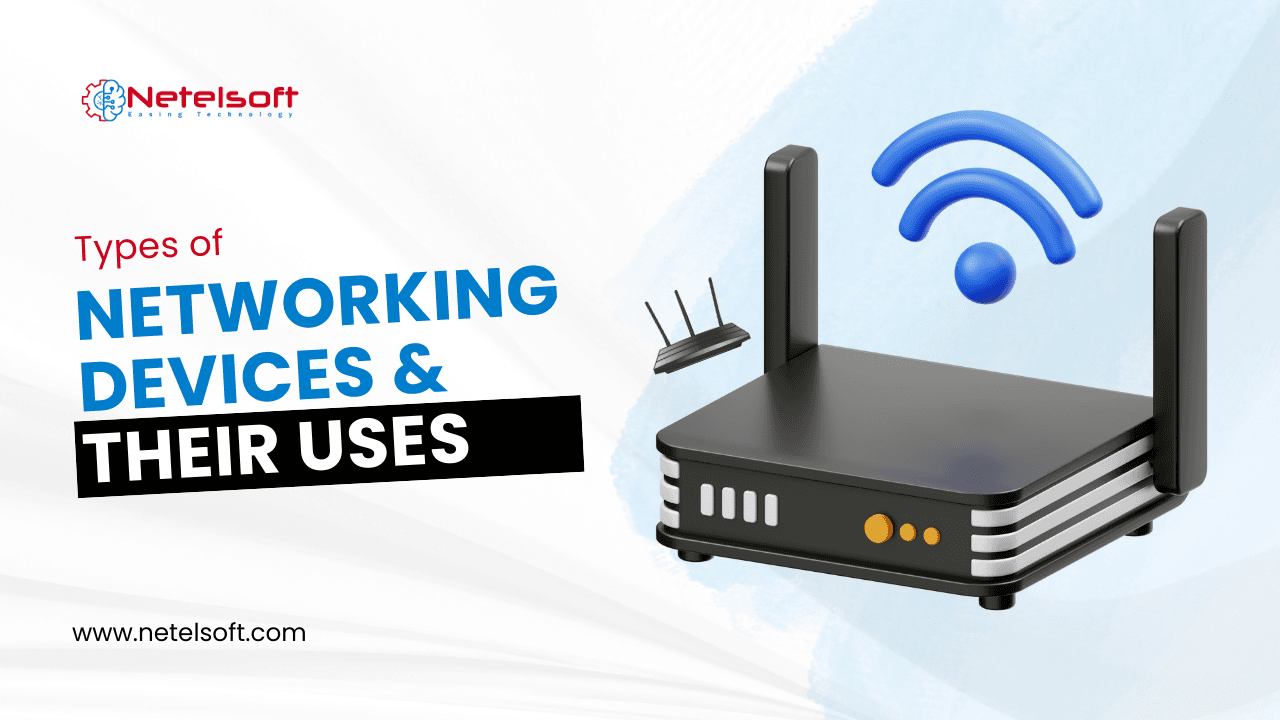Network security is one of the most important areas in the digital world today. Every business and individual depends on networks to share information, run applications, and stay connected.
However, this heavy reliance on technology has opened the door to many cyber threats. Attackers are constantly looking for weaknesses that they can use to steal data or disrupt operations.
In this article, we will look at the top 10 network security threats that people face today. You will also learn simple and effective ways to prevent them. Whether you are running a company, managing IT systems, or just trying to understand networking basics, this guide will help you stay informed and protected.
Key Takeaways
- Network security is vital for businesses and individuals.
- The main threats include malware, phishing, DDoS, ransomware, insider threats, and IoT risks.
- Prevention methods include firewalls, antivirus software, training, backups, and strong passwords.
- Regular updates and audits are essential to reduce risks.
- A proactive approach helps protect systems and saves time, money, and data.
1. Malware Attacks
Malware is a general term for harmful software such as viruses, worms, trojans, and spyware. It can enter your computer or network through infected files, links, or websites. Once installed, malware can delete data, slow down systems, spy on users, or even give complete control of the device to hackers.

How to Prevent Malware:
- Install trusted antivirus software and keep it updated.
- Use firewalls to block suspicious traffic.
- Avoid downloading files or clicking links from unknown sources.
According to CSO Online, malware is responsible for over 20 percent of global security breaches.
2. Phishing Scams
Phishing is one of the most common forms of cybercrime. In these attacks, hackers trick users into giving away passwords, bank details, or other sensitive data. They usually send fake emails, messages, or websites that look real and convincing. Phishing works because it takes advantage of human trust and mistakes.

How to Prevent Phishing:
- Train employees and users to recognize suspicious emails.
- Use email filters that block dangerous links and attachments.
- Enable multi-factor authentication for accounts.
The FBI’s Internet Crime Report shows that phishing is the most reported cybercrime worldwide.
3. Distributed Denial of Service (DDoS) Attacks
A DDoS attack floods a website or server with fake traffic until it becomes too slow or completely unavailable. These attacks are carried out using botnets, which are networks of hacked devices. DDoS attacks can last for hours or even days, causing severe financial and reputational damage.

How to Prevent DDoS:
- Use network monitoring tools to detect unusual activity.
- Install load balancers and backup systems.
- Work with DDoS protection service providers.
Cloudflare reports that DDoS attacks are growing larger and targeting businesses of all sizes.
4. Man in the Middle (MitM) Attacks
In a MitM attack, hackers secretly intercept communication between two parties. They can read, steal, or even change the information being exchanged. Public Wi Fi networks are common targets for this type of attack. Victims may not notice anything unusual, making MitM attacks very dangerous.

How to Prevent MitM:
- Use end-to-end encryption for sensitive communications.
- Avoid public Wi Fi without a secure VPN.
- Make sure websites use HTTPS and TLS security protocols.
IBM Security explains that MitM attacks remain a serious risk in e-commerce and online banking.
5. Ransomware
Ransomware is one of the costliest forms of malware. It locks files or entire systems and demands a ransom to unlock them. Attackers usually ask for cryptocurrency payments to remain anonymous. Ransomware has badly affected hospitals, schools, and large organizations because downtime can be highly damaging.
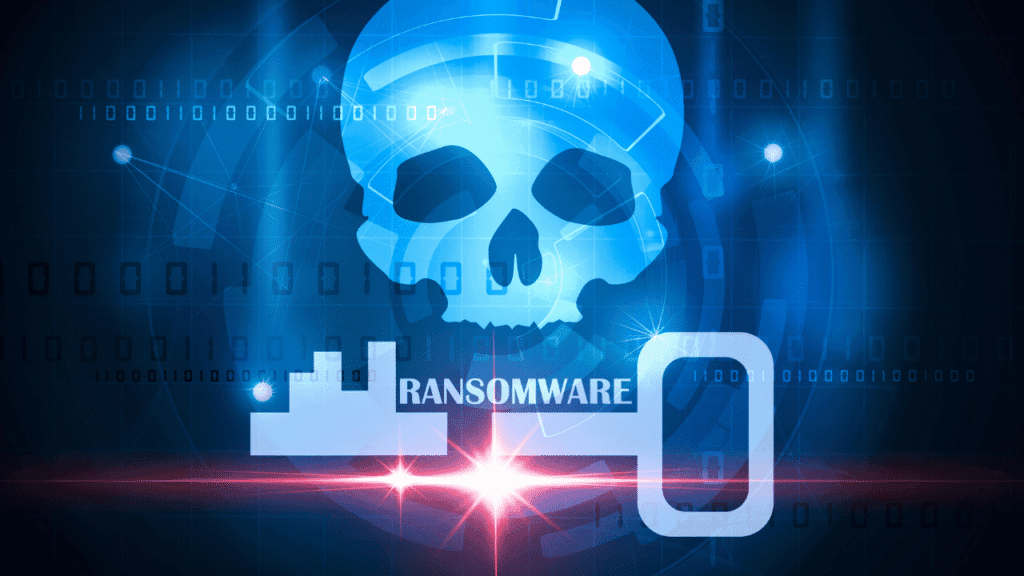
How to Prevent Ransomware:
- Keep regular backups of essential data stored safely offline.
- Install updates and security patches regularly.
- Train users to avoid clicking on unknown email attachments.
Statista predicts that ransomware damages could reach 265 billion dollars annually by 2031.
6. Insider Threats
Not all security threats come from the outside. Employees, contractors, or partners with access to systems can also cause damage. Sometimes this is intentional, such as stealing data, and sometimes it is unintentional, such as mishandling sensitive information. Insider threats are more complex to detect because they come from trusted users.

How to Prevent Insider Threats:
- Limit system access based on job roles.
- Monitor activity with regular audits.
- Build a workplace culture that values security awareness.
Verizon’s Data Breach Report shows that more than 20 percent of breaches come from insiders.
7. SQL Injection
SQL Injection attacks target databases by inserting malicious code into input fields on websites. This gives attackers the ability to access, change, or delete sensitive information such as usernames and passwords. SQL Injection happens when applications are poorly coded or not tested properly.

How to Prevent SQL Injection:
- Use secure coding practices and parameterized queries.
- Test applications regularly using software testing and QA tools.
- Add web application firewalls to block malicious requests.
OWASP lists SQL injection among the top security risks for web applications.
8. Zero Day Exploits
Zero-day exploits are attacks that take advantage of unknown flaws in software. Since developers are not yet aware of the weakness, there are no fixes available, making these attacks very powerful. Hackers often use zero-day exploits to target high-value systems such as governments or large enterprises.

How to Prevent Zero-Day Exploits:
- Enable automatic updates for all software and devices.
- Use intrusion detection systems to spot unusual activity.
- Work with vendors that focus on strong security and advanced technologies.
Symantec reports that zero-day vulnerabilities are frequently used in targeted attacks.
9. Weak Passwords
Weak or reused passwords are still one of the easiest ways for attackers to break into systems. Many people use short passwords or the same one across multiple accounts. Once a password is leaked or guessed, it can lead to bigger breaches across connected services.

How to Prevent Weak Password Risks:
- Enforce strong password rules with a mix of letters, numbers, and symbols.
- Encourage the use of password managers.
- Enable multi-factor authentication wherever possible.
Google Security found that over 65 percent of people reuse passwords, putting their accounts at risk.
10. IoT Vulnerabilities
The growth of Internet of Things (IoT) devices like smart cameras, routers, and home assistants has created new security challenges. Many IoT devices are designed with limited protection, making them easy entry points for attackers. Once hacked, they can be used to spy, steal data, or join large-scale cyberattacks.
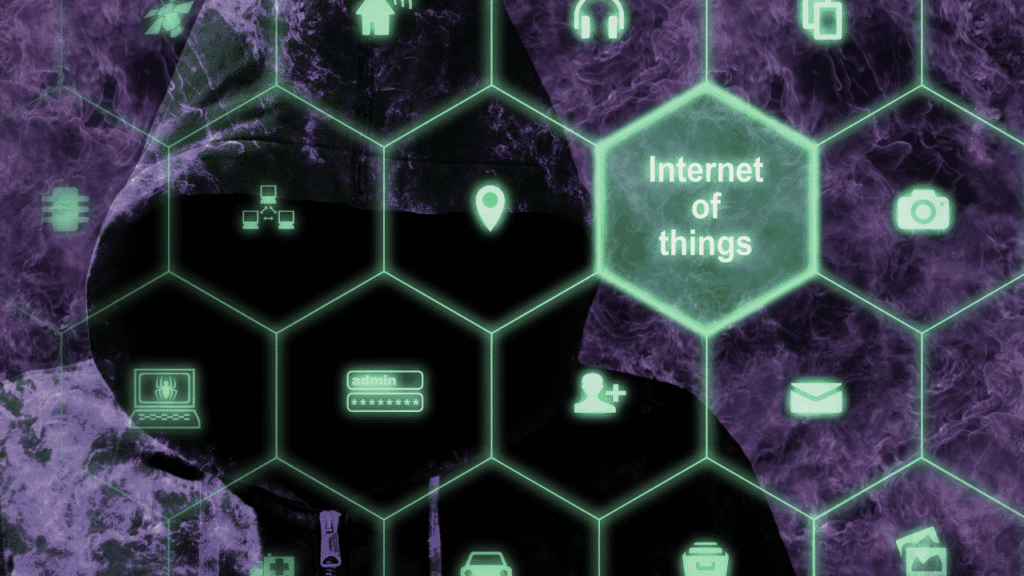
How to Prevent IoT Vulnerabilities:
- Regularly update device firmware with security patches.
- Keep IoT devices on separate networks from critical systems.
- Use strong authentication methods for connected devices.
Kaspersky warns that weak IoT security is one of the fastest-growing risks in the digital world.
Conclusion
Network security threats are constantly evolving, but awareness and preparation can make a big difference. From malware and phishing to IoT risks, every danger has a prevention strategy that businesses and individuals can follow.
Investing in maintenance and support, business solutions and IT services, and advanced technologies and design helps reduce risks in the long run.
Taking simple steps like using firewalls, updating systems, training employees, and practicing safe browsing can protect your data and keep your networks secure. Remember, preventing an attack is always easier and cheaper than recovering from one.
FAQs
Ransomware is currently one of the most damaging and expensive threats.
They filter traffic and block unauthorized access.
No. In fact, attackers often target small businesses because defences are weaker.
It is best to update software, apply patches, and run audits regularly.
Blockchain provides tamper-proof records, improving data safety and transparency.
Yes, many IoT devices lack strong security and can be compromised easily.
Malware is a broad term for harmful software. Ransomware specifically locks files for ransom.
No, but VPNs improve privacy and should be used along with other protections.

